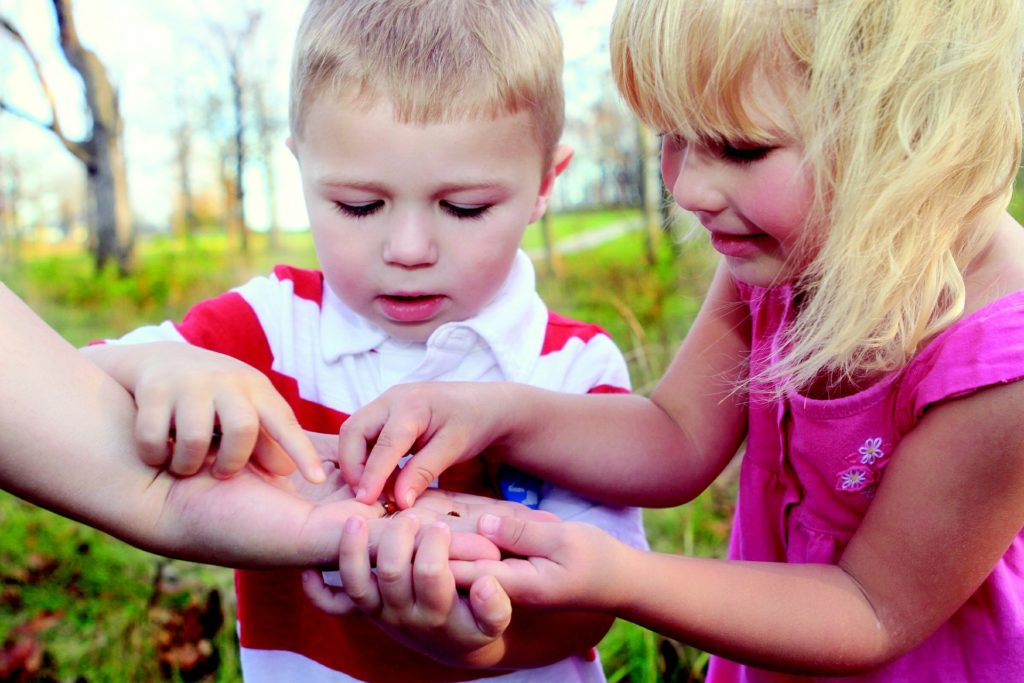Help your child become a STEAM Thinker
During these challenging times with schools closed and everyone doing their best to stay home and stay healthy, it is more important than ever to keep our children engaged and learning.
Douglas County Partners for Student Success and the Umpqua Valley STEAM Hub have compiled many resources that families can use to encourage STEAM thinking in their homes. Just visit our STEAM Thinking at Home web page, www.dcpss.org/home-learning/steam-thinking-at-home/ for fun activities and ideas that will keep children entertained, occupied and learning!

How to make a STEAM Thinker:
STEP 1: Talk with your child about STEAM topics. For example, talk about gravity when your child tosses a ball in the air. Discuss fractions or percent when you eat a pizza. Cooking provides opportunities to talk about measurement, boiling and evaporation. Toys and vehicles give kids a chance to learn about pulleys, levers and engines. Ask them to problem solve creatively like when you have no electricity and water for several days (Remember all those moments when we had to be STEAM Thinkers during the 2019 Snowmageddon!)
STEP 2: Encourage curiosity and questioning. Display curiosity about things you see and show your own interest in learning. Your enthusiasm may be the greatest motivator for your child’s interest in STEAM. When your child asks a question, rather than giving an answer or a solution, urge him or her to research information and to come up with several possible solutions for a problem. Ask your child questions as well. Use open-ended questions (with no right or wrong answer.) For example: Why do you like that game (toy, car, phone app, etc.) so much? Who designed it? Do you think the design can be improved? What would you do to improve the design? Use questions to inspire further conversations.
STEP 3: Encourage your child to think like an engineer. Help your child to pay attention to how things work. Kids should understand that there are usually many solutions to a problem. They can be creative and innovative when looking for solutions. They can create models of their solutions, try them out, and then improve on these models. Like an engineer, your child can identify problems, attempt to find solutions, try out the solution to see if it works, and improve on it.
STEP 4: Make your home a STEAM-friendly place. Let your home reflect your kids’ interests. Does your child love to assemble things? Go with it. Playing with blocks and Legos is associated with later competence in math and problem-solving skills. Got a nature lover? Set up some outdoor learning opportunities for your child to explore. Set up a place for experimenting and building models. Provide a variety of materials and tools that children can access safely. These don’t have to be expensive. Consider things like paper cups, craft sticks, glue, foil, index cards and paper.
STEP 5: Start exploring careers. Another way to encourage STEAM exploration is to help your children visualize themselves in a rewarding career. Rapid changes in industry are creating new types of jobs that require the STEAM skills you can help them develop. The Umpqua Valley STEAM Hub works with Oregon Connections, found at https://oregonconnections.nepris.com/home. You will be able to set up an account for free and access information about many careers, including ones found in Douglas County! Be sure to tune in to Douglas County Career Spotlights.
Leave a Reply
You must be logged in to post a comment.